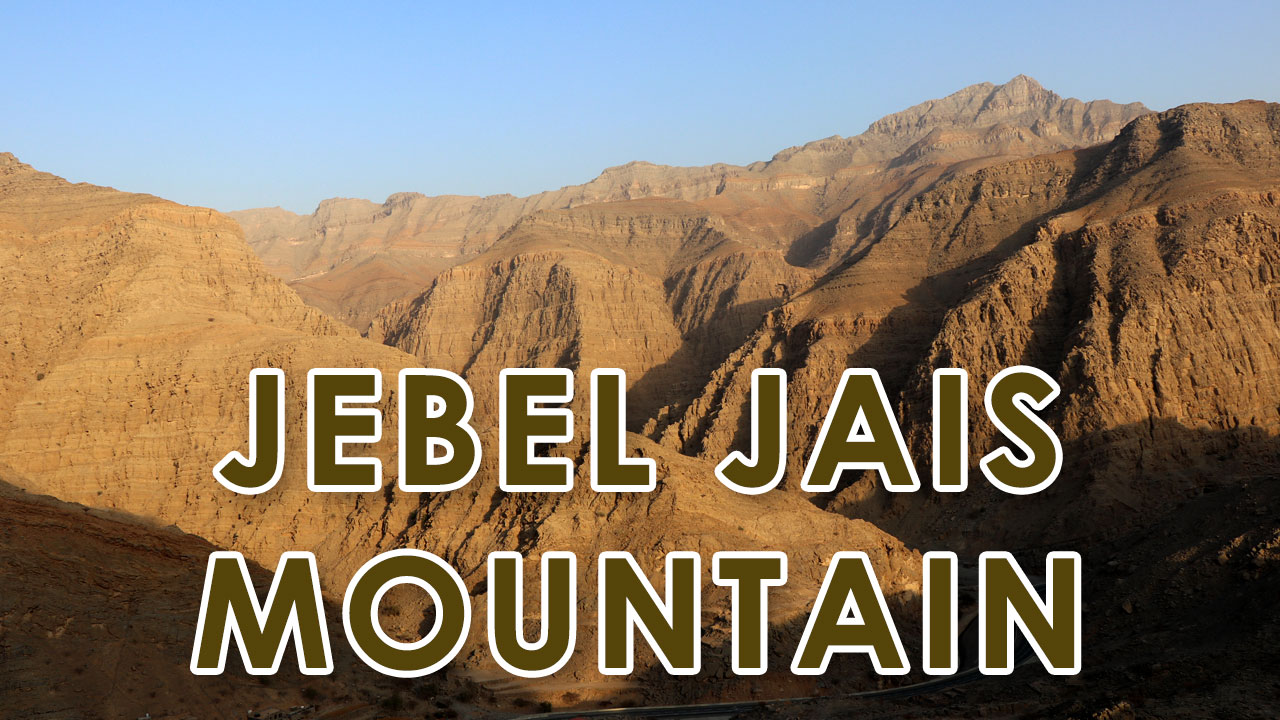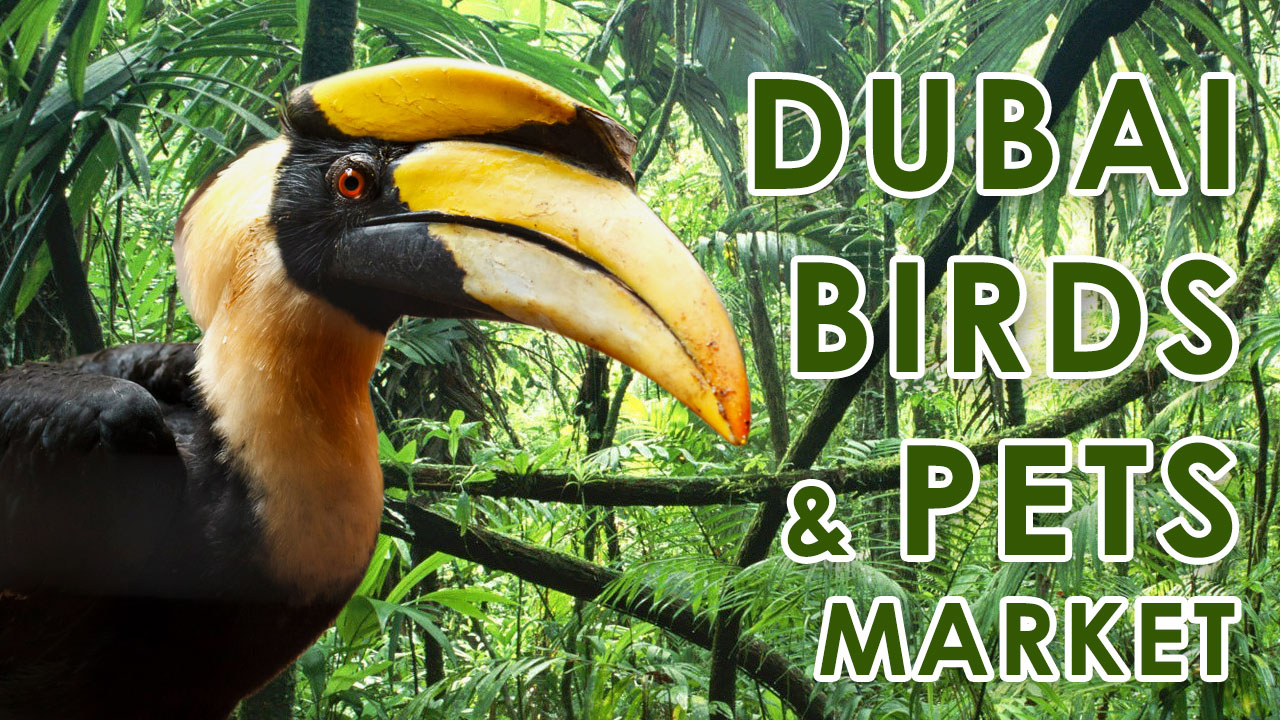The Waterfront Market builds on from the amazing heritage and iconic status of the old…

Jebel Jais – Tallest peak in the UAE! – Discover Ras al Khaimah
#JebelJais #RasAlKhaimah #RAK
Home to the tallest mountain in the UAE – Jebel Jais – Ras Al Khaimah offers a mountain experience like no other. The spectacular Hajar Mountains in the eastern part of the emirate were formed over 70 million years ago and stand nearly 2,000 metres above sea level.
The mountain range, offers breath-taking scenery and a welcome respite from the heat of the beach resorts with temperatures around ten degrees cooler than sea level. For those who wish to spend the night under the stars, there are a number of established camping spots or, to really get into the Arabian spirit, why not camp Bedouin-style in some remote wadis?
In the eastern part of Ras Al Khaimah is a spectacular mountain range called the Ru’us Al Jibal. These mountains were formed more than 70 million years ago. Jebel Jais at 1,934m is not only the highest peak in Ras Al Khaimah but in the entire UAE. A key feature of the mountains is the abundance of wadis and hiking and mountain bike trails.
Ras Al Khaimah’s Jebel Jais, at 1,934 metres tall, usually records temperatures that are 10°C cooler on average than other popular landmarks across the country.
During summer months, temperatures at all the major landmarks across the emirates average between 43 – 45°C, – at the Jebel Jais summit, temperatures reached a moderate 31°C during the day time and 29 °C during the late afternoon.
While visitors and residents look to escape the heat with indoor activities across other areas of the UAE, Jebel Jais offers the opportunity for travellers and residents looking for outdoor adventures and diverse scenery at significantly cooler temperatures than at sea level, and incredible views of the stunning Ras Al Khaimah landscape.
Ras Al Khaimah consists of sandy deserts, coastal strips, salt flats, mangroves and mountains. All these areas have different eco-systems which makes it a fascinating place for nature lovers. Apart from cultivated plants there are three categories of flora – the salt loving vegetation of the mangroves and mountain and desert plants.The emirate is also home to a number of reptiles, camels, foxes, jerboas or wildcats as well as hundreds of bird species.
After the rains of winter, the mountains of Ras Al Khaimah burst into colour with purple lilies, wild irises and white daisies. The sidr, a tree, highly appreciated for its medical use, can also be found in the wadis. Its pollen also attracts bees that produce excellent honey.
Bird life in Ras Al Khaimah is as diverse as the landscape. Wadis and mountains host wheatears, partridges, warblers, falcons and even vultures.
Wadi in Arabic means valley. These wadi’s often get filled with rainwater in winter and some of the wadi’s like Wadi Showka fill up during summer as well. After the rains, wadis become more fertile turning green with the local flora giving it a fantastic landscape.
This then becomes the perfect spot for locals and tourists to take spectacular pictures or camp by the springs. Wadi Shawka, Wadi Albaih, Wadi Ghalilah and Wadi Sham are some of the famous Wadis in Ras Al Khaimah.



This Post Has 0 Comments